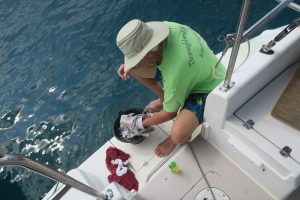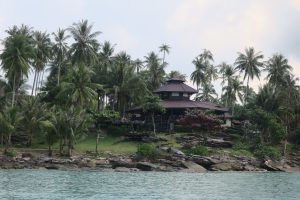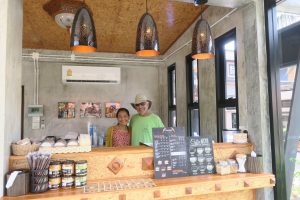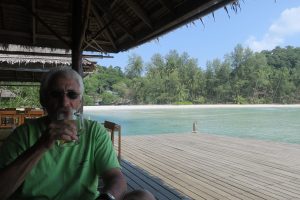We organized our stuff this morning and were mostly packed up. We took a dinghy ride along the shore, rounding our bay into another bay and went along the shore of Koh Kham, an island across the bay from Koh Mak. There are partially finished residences on this island. We understand that the builder and the government had an agreement that delineated where he could build and the builder violated the agreement, so the government shut down the project. They look like they would be beautiful homes when or if they are ever finished.
After our bay tour we pulled the anchor and headed to Koh Wai. A half way point between Koh Mak and the base on the southern tip of Koh Chang. There we anchored, had lunch on the boat and Rick had a swim. We pulled up the anchor for the last time and headed back to the base where we went through the check out process. It included reviewing the functioning of the boat and paying for the gas we used.
Then we got in a taxi which took us to the ferry back to the mainland.
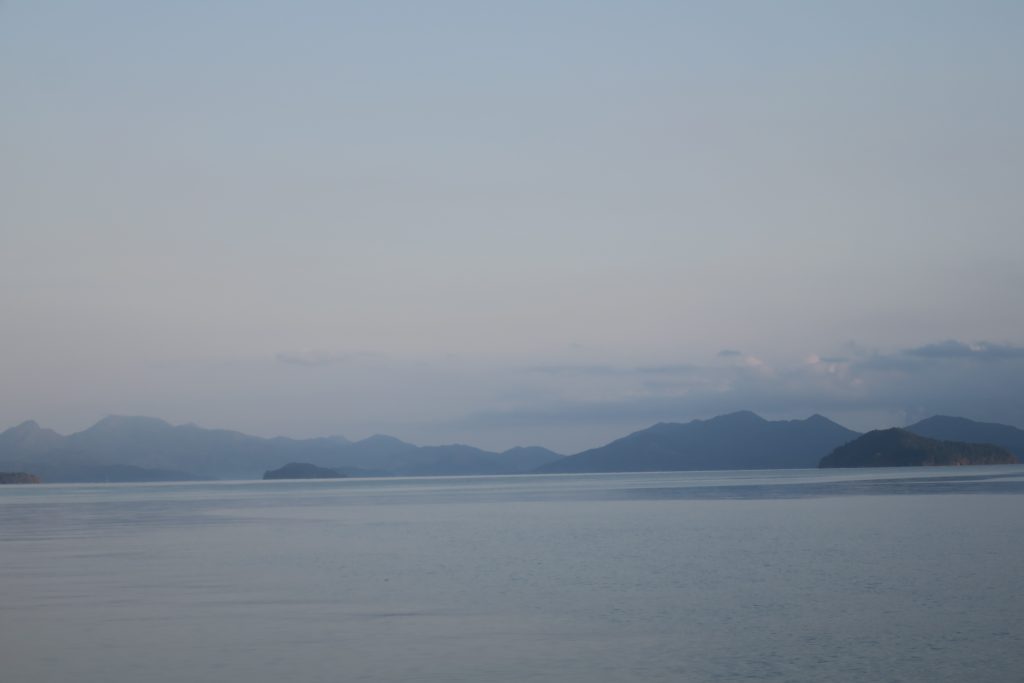
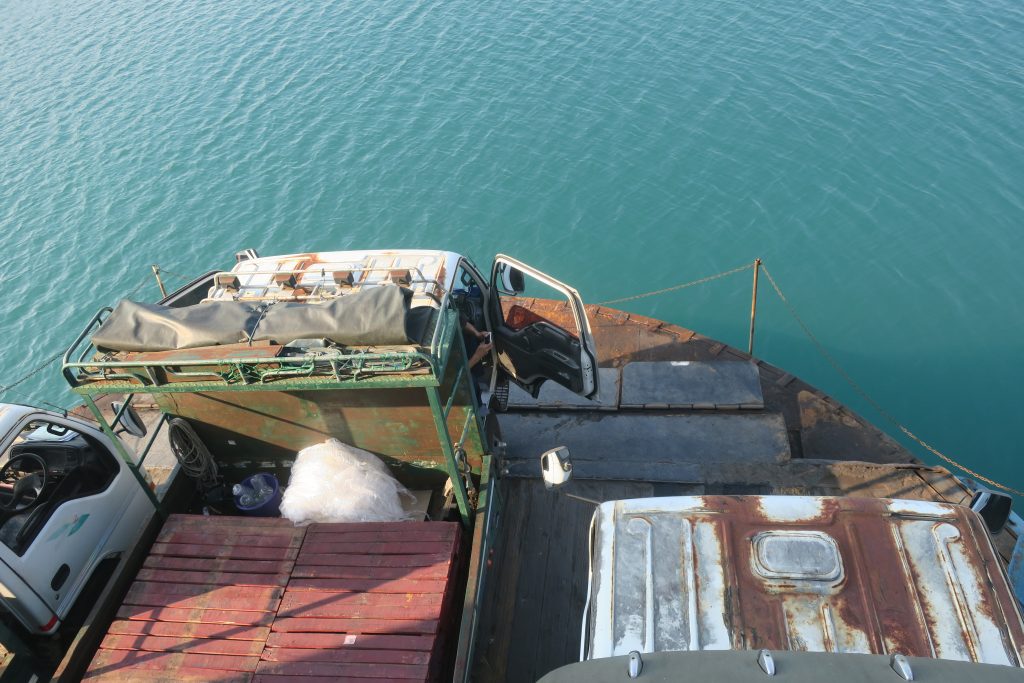
The driver brought us to our hotel in Trat, Rimklong Boutique Hotel. The hotel clerk didn’t speak English but he called the owner who did. He had a brief conversation with Rick. Our hotel is very nice, simple, and clean. We received a map on check in so we decided to wander a bit. We saw lots of spirit houses which we have seen all over Thailand. Thais are very superstitious and they believe in ghosts. These houses are built for spirits, so they don’t bother the inhabitants of the land.
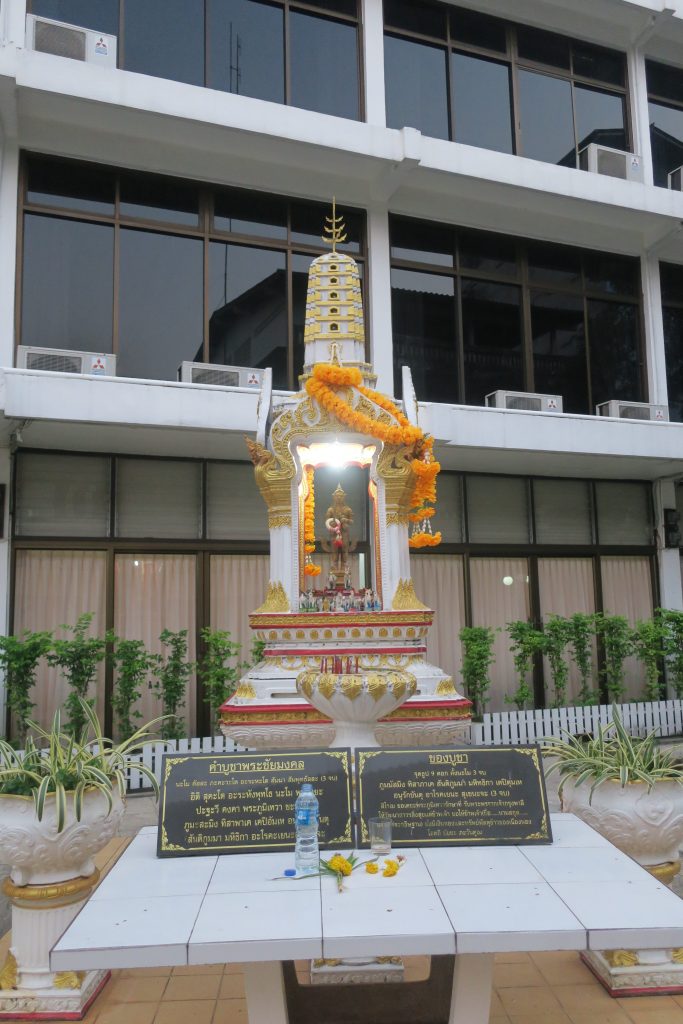
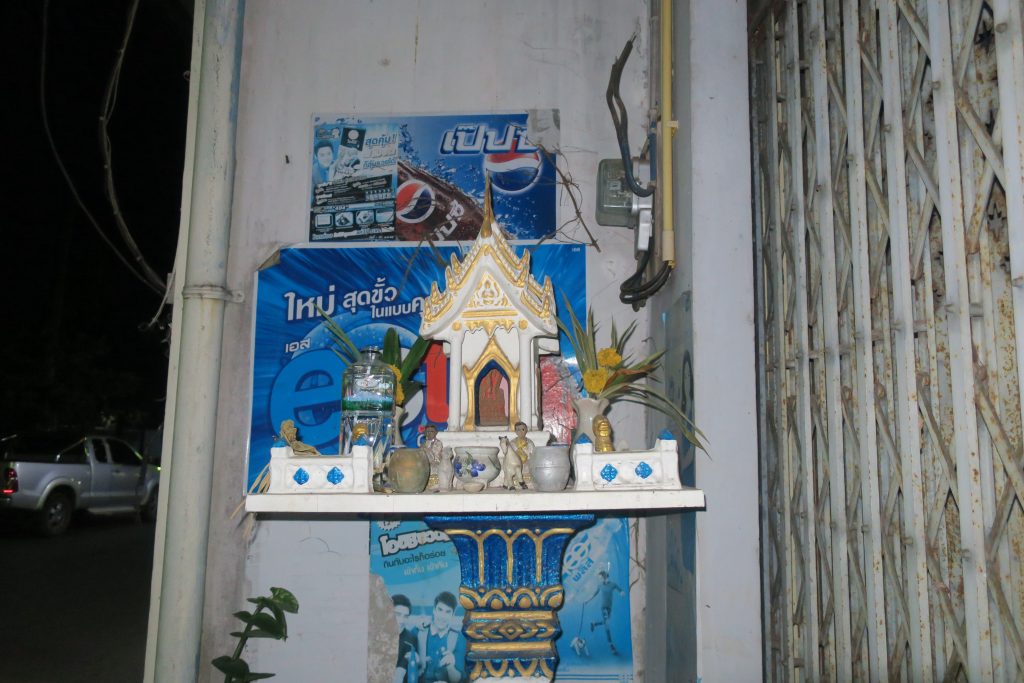
We were looking for a restaurant that we felt we could eat in. We walked along a street called food street. It had lots of individual vendors selling food but we had been told by Lin not to eat street food unless it is cooked in front of you. Actually we didn’t want to eat street food at all because being sick on a plane would be really bad!
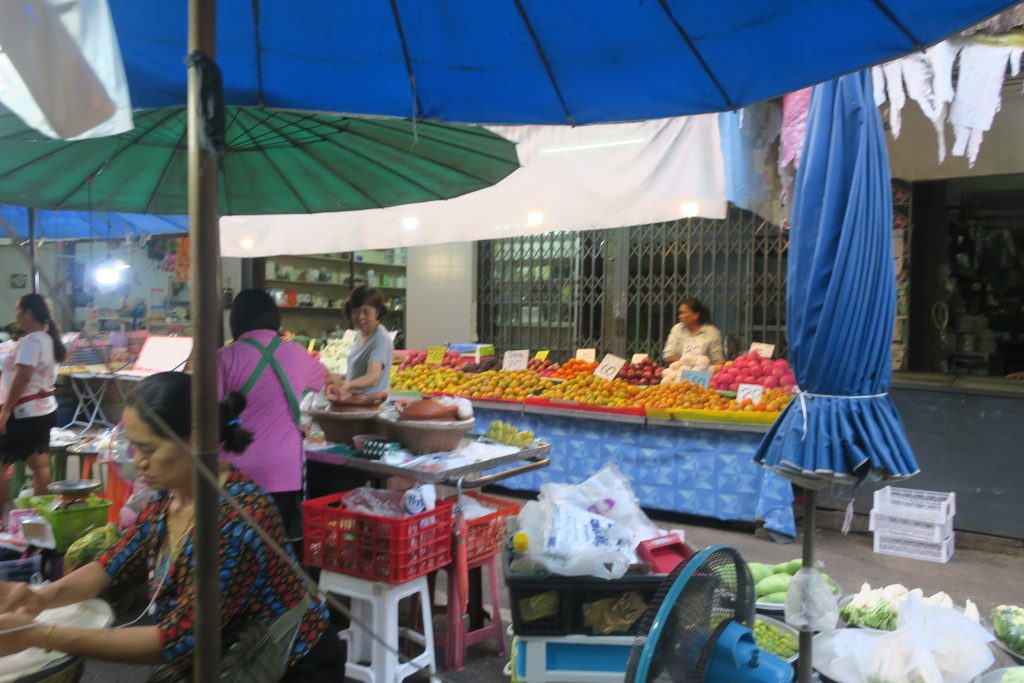
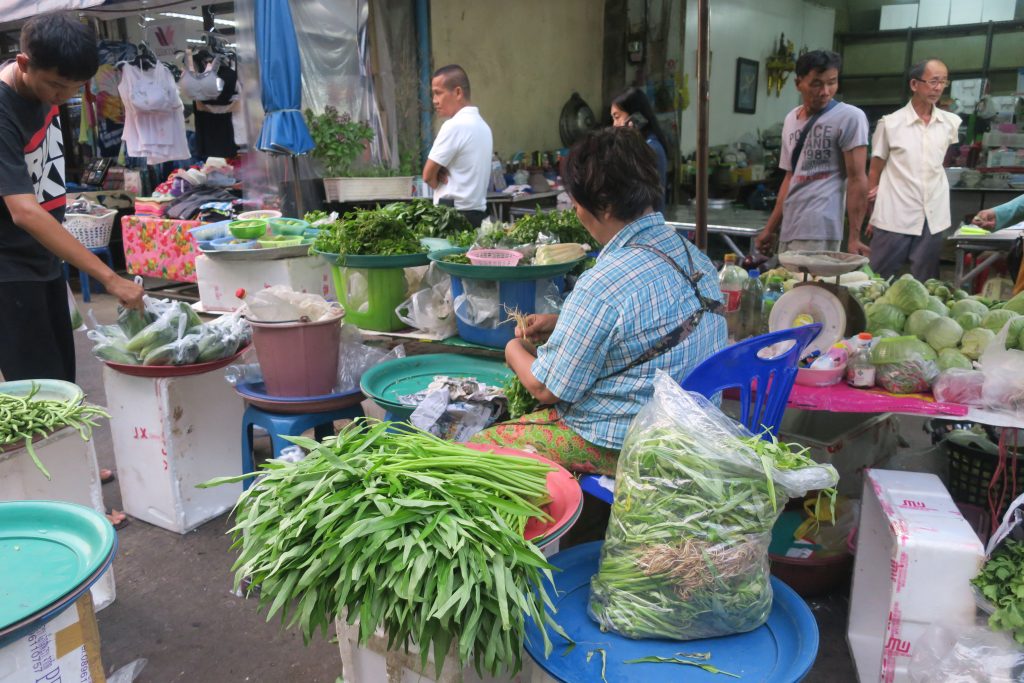
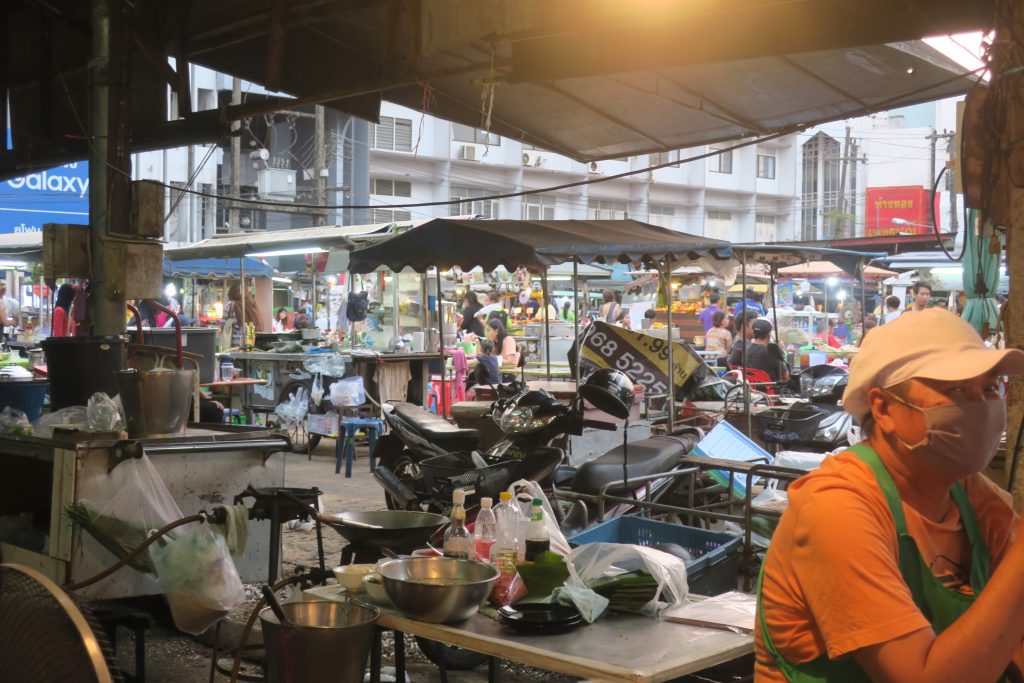
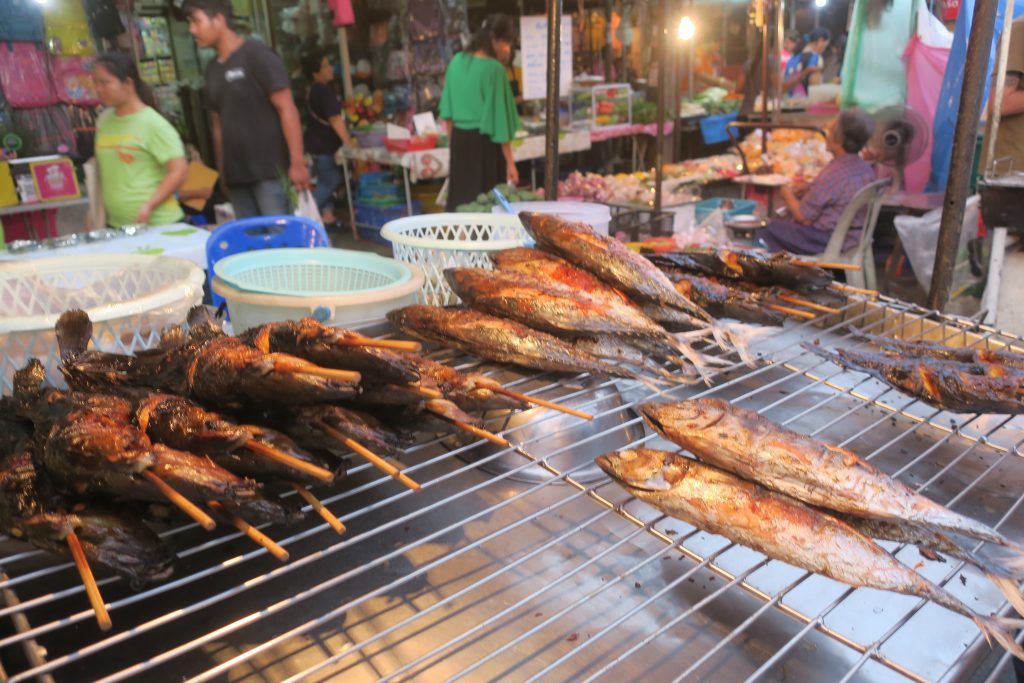
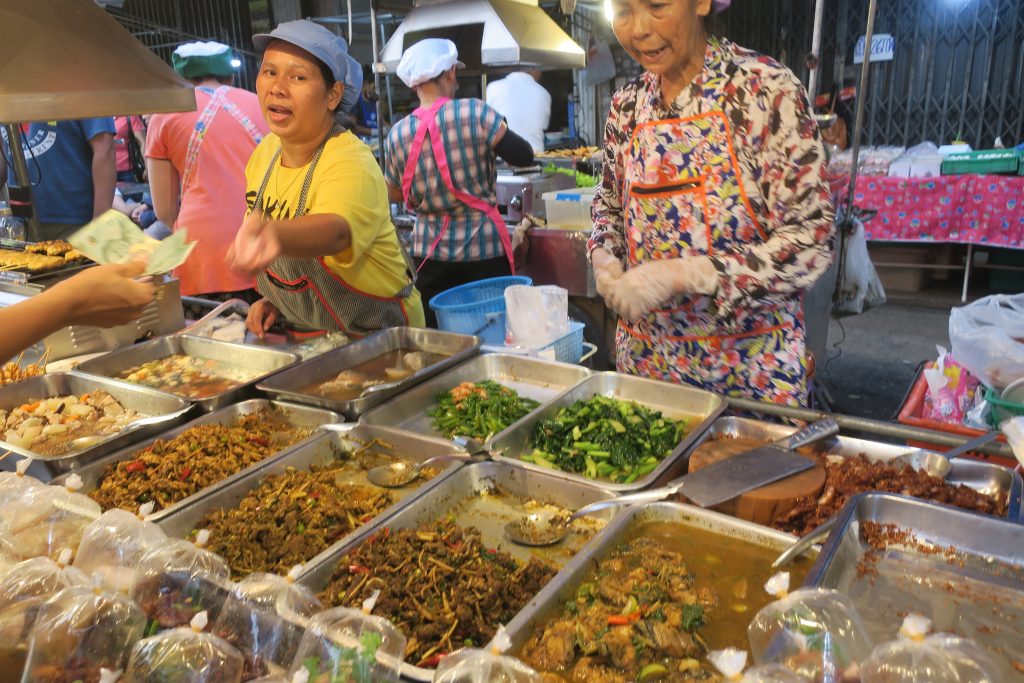
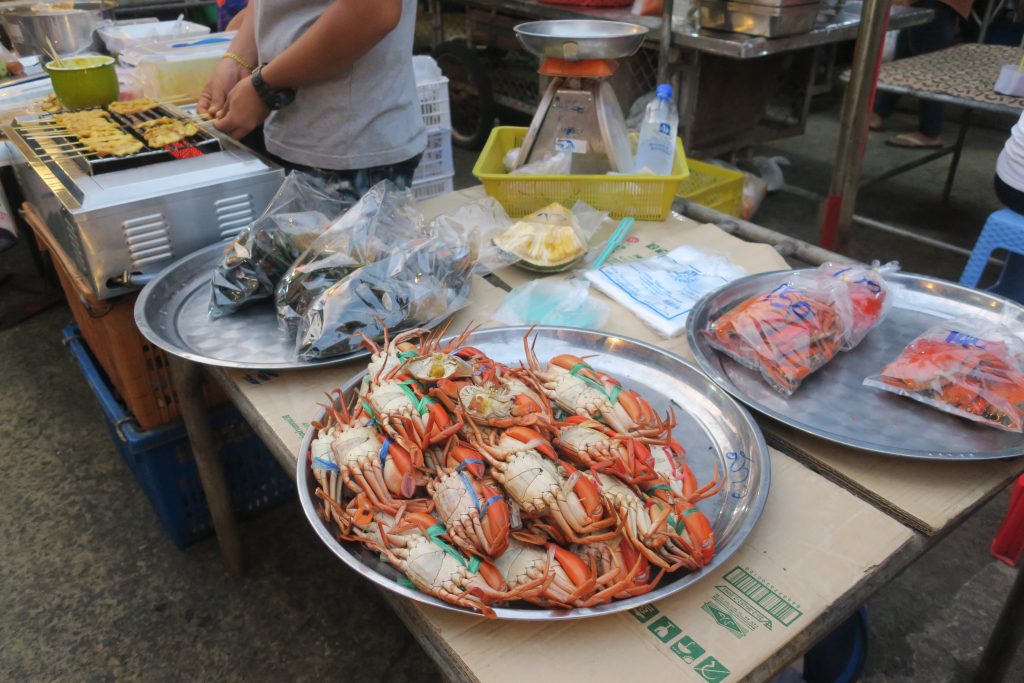
We wandered around and saw a pizza place that we considered, but weren’t excited about. Eventually we saw a somewhat western looking restaurant which had a westerner in it. We went in to talk to him. Turns out he is from Alaska and comes here for four months a year. His girlfriend owns the restaurant and he said he eats there every night with no problems, so we decided to try it. It was delicious.
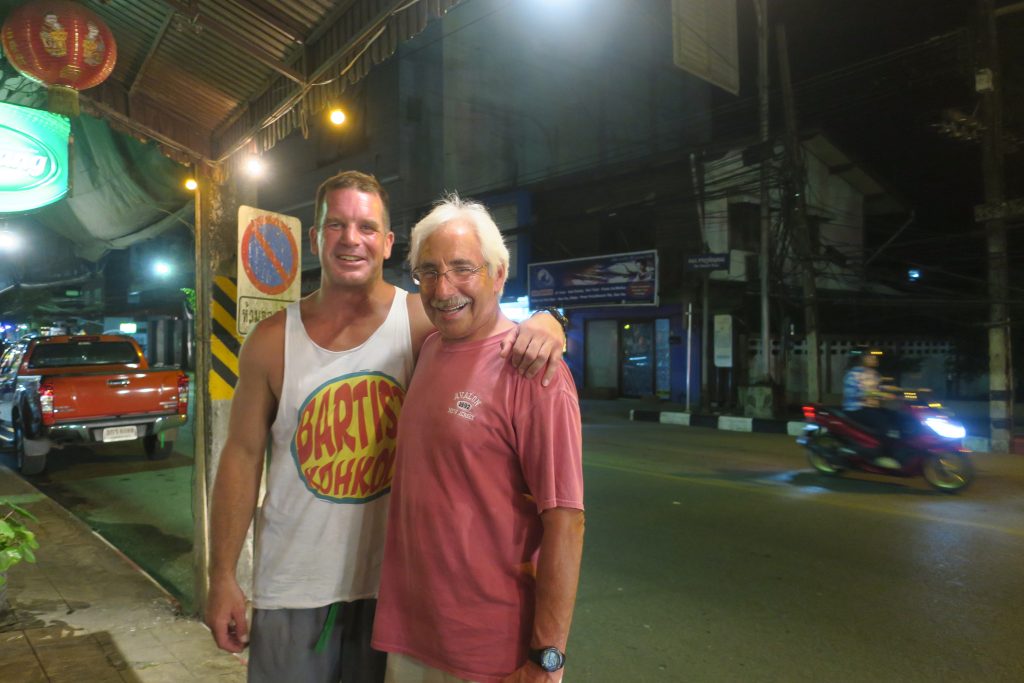
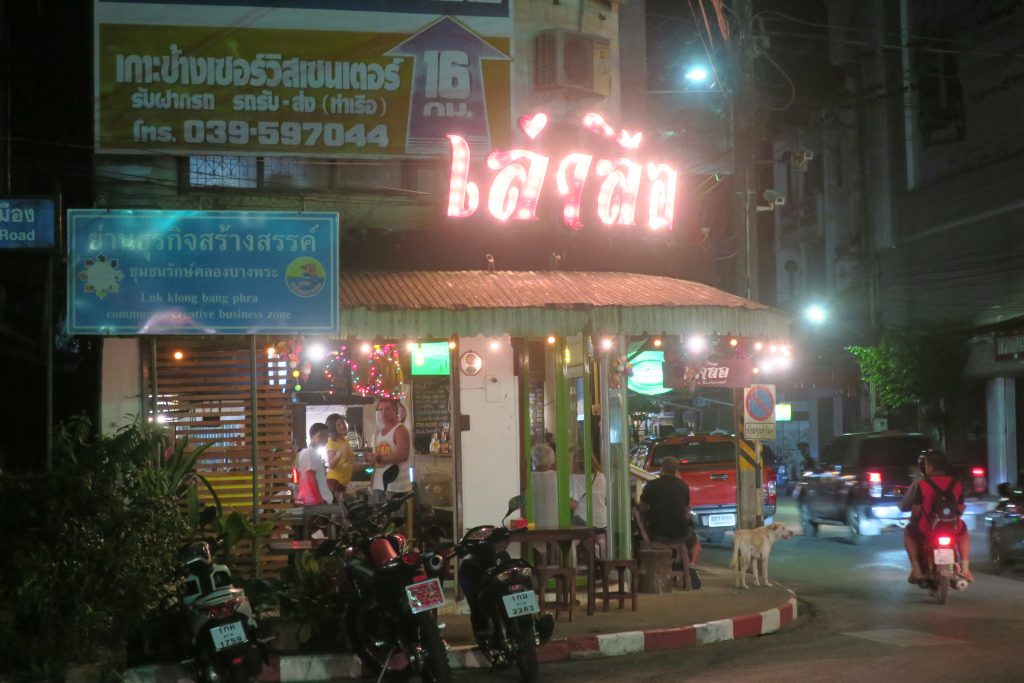
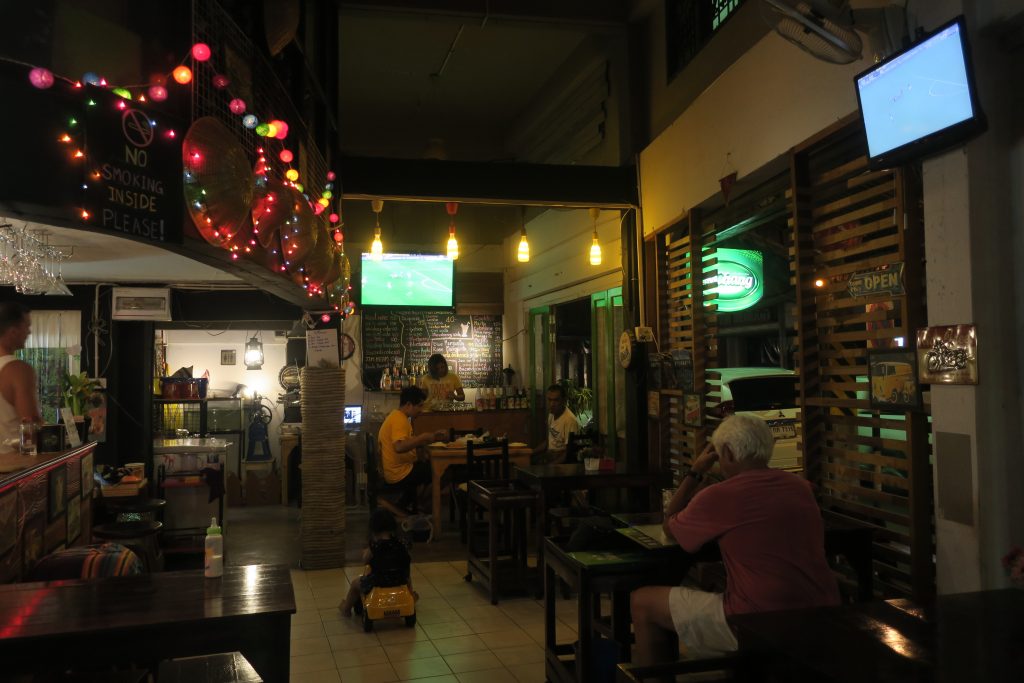
We talked to him. For the last 6 years he has come to Koh Chang to do construction work. We asked him about all the birds in the trees and on the wires. Apparently the locals encourage the bird to nest there and collect the nests to sell to the Chinese for bird’s nest soup. A kilo of bird’s nest goes for $1,000. Here’s a video of the birds.
After dinner we wandered by a temple which was completely dark. Then headed back to the hotel where we met the hotel owner, a lovely man who had spent a year in the states about 30 years ago.

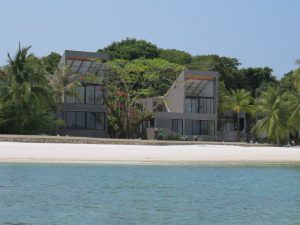

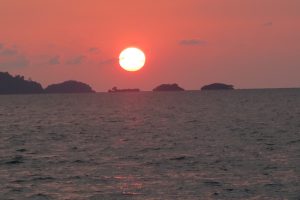







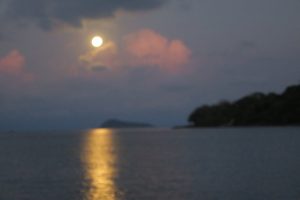
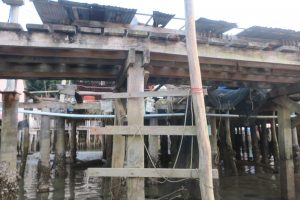













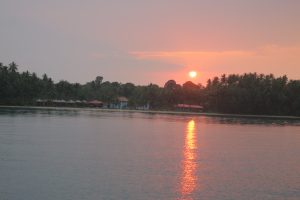
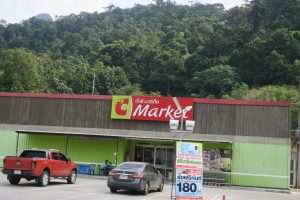



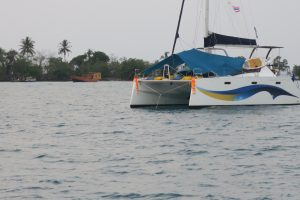
 .
.